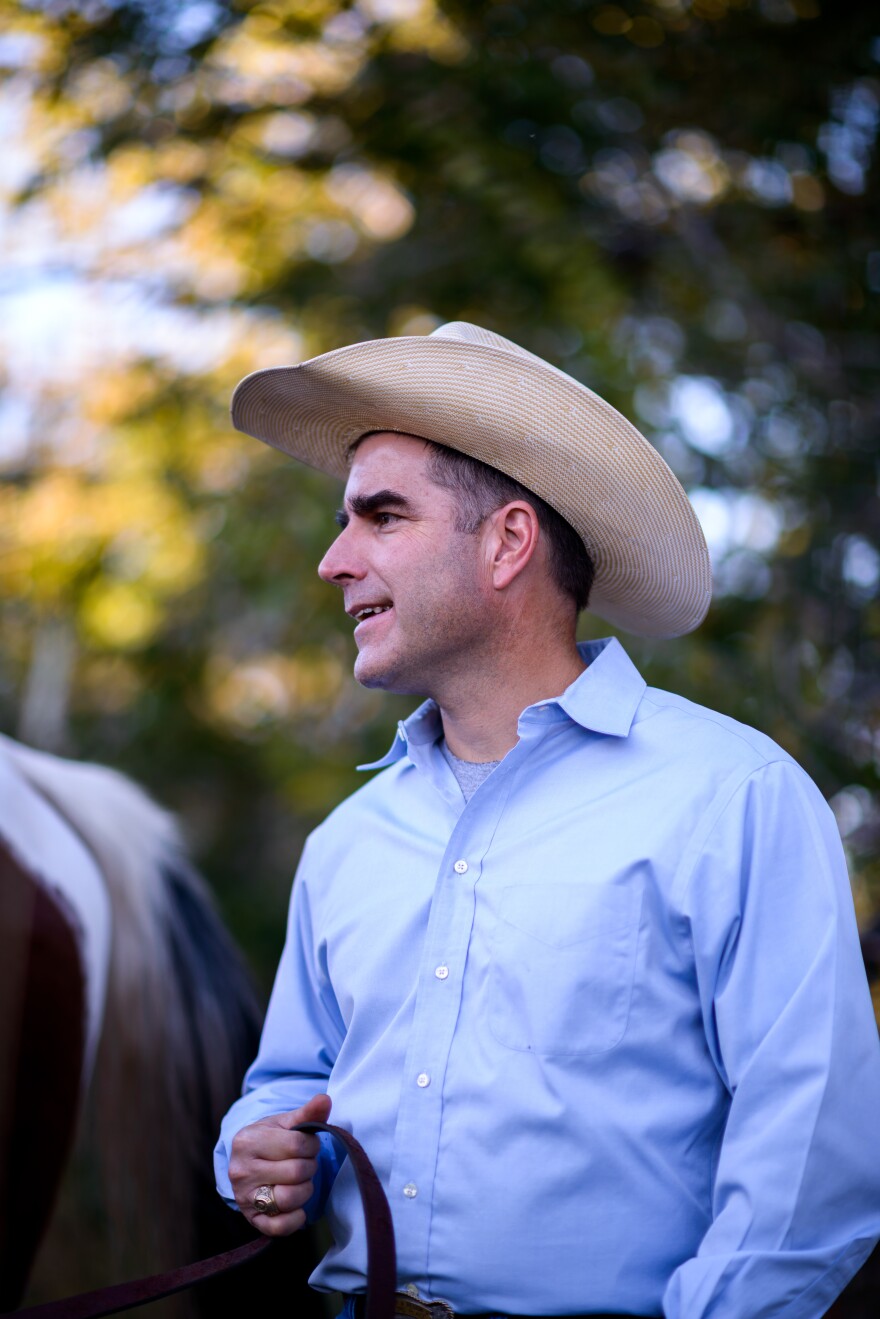Texas’ primary care doctor shortage has taken a sharp turn for the worse during the pandemic, and one rural family doctor is imploring state lawmakers to do something about it.
Dr. Adrian Billings is chief medical officer for Preventative Care Health Services, a health center with clinics in Alpine, Marfa and Presidio. He's a primary care doctor and there aren’t anywhere near enough of them in Big Bend.
“There's one family physician for 5,000 patients in the Big Bend area right now. That's a delay of care,” Billings told the House Public Health Committee of the Texas Legislature this fall. “That means sicker patients, that means more costly or care. That means less productivity. That means more death.”
The federal government’s Health Resources and Services Administration classifies areas with fewer than one primary care provider for every 3,500 residents as Health Professional Shortage Areas, or HPSA’s.
Big Bend is definitely an HPSA, but according to research done by American Public Media Research Lab, Big Bend is hardly unique in Texas — and the pandemic isn’t helping.
“In 2019, 129 of Texas's 254 counties identified as a shortage area for primary care providers. As of this July 2021, that number jumped up to 228. So it increased by 99 counties,” said Katherine Sypher, a data journalism fellow with the APM research lab.
“There are only five counties in Texas that didn't have any significant number of primary care physician shortages, four of those were Metropolitan," Sypher said. "So, it's also important to note that a lot of the counties in Texas that are experiencing these shortages are rural and already were experiencing a lack of health care providers to begin with.”
Back in Alpine, Billings said the primary care doctor shortage was hard enough to manage back before COVID, but the pandemic has been a body blow.
“Since February of this year, this area has lost five physicians; four family physicians in the area's only pediatrician. We lost a nurse practitioner, and we lost a physician's assistant,” he said. “So that's seven primary care providers in this area, which represents over 50% of our physician workforce that covers this vast 12,000 square mile area that we serve in a population of about 25,000.”
Billings said providing medical care to a region the size of Big Bend is a team effort, but they don’t have a deep bench. They don’t have anyone to sub in when the team is overwhelmed.

“At times, we had to shut down our behavioral health service line, our dental service line and our primary care service line in order just to focus on mass vaccination days, because that bench was empty,” he said.
That has implications for people who need to say a doctor for a COVID test — or anything.
“We’re booking out now three weeks as our next available appointment in our practice and there are patients that that need to be seen they need to be seen today. And you know we're doing our best to try and squeeze them in and we tend to be overbooking ourselves."
On July 5, Big Bend Regional Medical Center had to temporarily close the only labor and delivery unit between El Paso and Del Rio — which are over 400 miles apart — because of a shortage of labor and delivery nurses.
Billings said it’s that kind of stress that is driving some primary care doctors out of the field — the stress of working so hard and still not being able to provide the care a community needs.
“The acute pressure right now on our primary care system in our healthcare system is trying to deal with COVID, but the unintended consequences, years down the road are likely a worsening in the prevalence of these chronic diseases,” he said. “Not to mention just the burnout of our healthcare workforce.”
Rural Texans’ access to healthcare is also reduced by lack of health coverage. According to APM research lab, Texas has the highest uninsured rate among all states, with nearly 1 in 5 residents living without insurance. One reason for that is Texas is one of only 12 states who rejected the expansion of Medicaid under the Affordable Care Act. That has led to rural hospitals closures, and, Billings said, exacerbated the primary care doctor shortage.
“I think the lack of Texas expanding Medicaid, is one of the big reasons why physicians — especially your primary care (physicians) — have left the state or have just retired,” he said.
Billings proposes what he calls the Texas Center for Rural Health Education
“This center would be a training center of excellence for educating rural healthcare students, nurses, physicians, advanced practice clinicians, pharmacists, social workers, behavioral health workers, and public health professionals that are so lacking in our rural communities,” he said.
If something doesn’t change, the outlook is bleak. In May of 2020, early in the pandemic, the Department of State Health Services projected that the shortage of family doctors was likely to increase from just over a thousand in 2018 to nearly 2,500 in 2032.
Billings does not believe those numbers are written in stone, however. Or at least they shouldn’t be, as he told the House Public Health Committee of the Texas Legislature in October.
“A Texans' rural ZIP code should not be a risk factor for their health, owing to an inability to access care in their own communities.”
Copyright 2021 Texas Public Radio. To see more, visit Texas Public Radio.

















